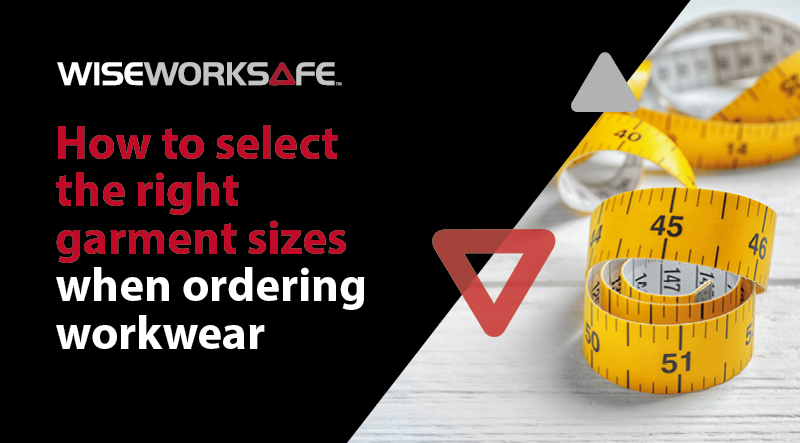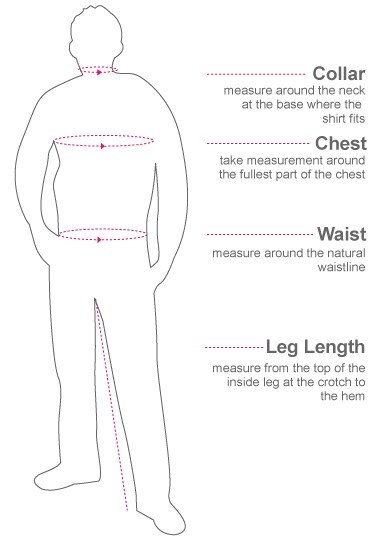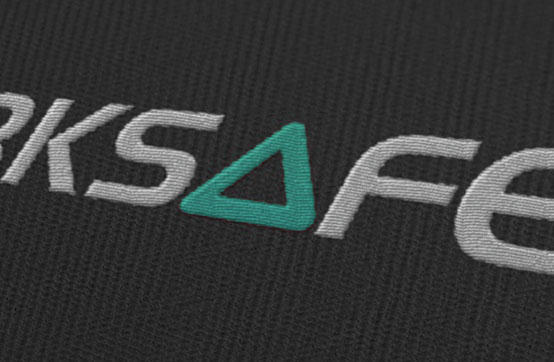
How to Select the Right Garment Sizes When Ordering Workwear
When it’s time to order new workwear and uniforms, ensuring you select the right sizes can be a lengthy and stressful process. We’ve put together this guide on choosing the correct fit so you’re left with a smart, comfortable, happy and safe team.
The importance of correct sizing
Choosing the right sizing for workwear and PPE is essential to providing a comfortable fit and suitable protection. Inaccurate measurements or assumptions about sizing can waste both time and money, so it’s best to get it right first time. You should select a range of garments that caters for the entire spectrum of sizes, otherwise staff may feel obliged to wear ill-fitting and potentially hazardous clothing, or refuse to wear it at all. Wearing uniform that doesn’t fit correctly affects comfort, functionality, safety, appearance and durability, so it’s important to take this into consideration when ordering.
Representing your brand
Your employees are walking advertisements for your brand. If they are seen wearing ill-fitting clothing, it can have a negative impact on your brand. Not only might they look uncomfortable and fed up, it will also appear scruffy and sends a bad message about the company. Treat workwear like a marketing opportunity, just like you would a company van or newspaper ad, and it can simultaneously improve team motivation and your reputation.
Comfort
The comfort of the workwear you provide can contribute to an increased sense of job satisfaction and productivity. In order to achieve this you may have to discuss with staff on an individual basis, particularly as some like a close fit whereas others prefer looser garments. Also consider the fabrics; for example, does it need to be stretchy? Even if someone requests a tighter fit, it’s important that their clothing allows for movement.
Safety
There are a number of safety concerns associated with working in clothing that is the wrong size. Wearing a garment that is too small may hinder movement and even restrict breathing and blood circulation. This can result in discomfort, reduced activity, overheating and breathlessness. If sleeves or hems are too long they can get snagged on protrusions or tangled in machinery, and trousers which are too long could be a trip hazard. Whether garments are too big or too small, mobility can be reduced, impacting a worker’s ability to perform their job.
PPE that does not fit correctly reduces its effectiveness in protecting the wearer from the hazards it’s designed for. Furthermore, if an employee is uncomfortable in their PPE they may feel inclined to remove it, which then exposes them to the potential hazards. Ensuring you provide the right size is a crucial aspect of motivating your team to wear PPE.
Choosing the correct sizing
When selecting workwear you should always consult the relevant sizing guidelines for each garment. Different brands, manufacturers and countries will size clothing differently, so it is not a one-size-fits-all situation. A size ‘Medium’ from one manufacturer could be a whole size or more larger or smaller when compared with another brand. Some manufacturers size their products generously to allow plenty of room for movement while carrying out physical work, or may even attempt to flatter wearers because they can fit into a smaller size than normal. Other brands will opt for a closer fit to achieve a crisper, fashionable look or to avoid excess fabric getting in the way of the wearer.
Most size conversion charts state body measurements that the clothing is designed to fit, rather than exact garment measurements. Therefore you should measure your body, not a garment that fits you, when calculating your size. If you fall between sizes or prefer a looser fit, it’s usually advisable to choose the nearest available size up. Also consider whether other garments will be worn underneath, for example thermal underwear, base-layers or mid-layers, as this may influence whether you choose to round down to the smaller size or up to a bigger size. Be aware when buying workwear with special features such as trousers with knee pockets, as sizing will affect where these sit on the body.
Female-fit garments
Whilst some clothing offers a good unisex fit, particularly where a relaxed fit is preferred, there are also many options available in a specific ladies’ fit. Providing garments such as polo shirts, fleeces, jackets and trousers in men’s and women’s sizing will ensure a smarter, happier workforce.
In the past, PPE has tended to lag behind uniform in terms of the availability of ladies fit. However, recently efforts have been made to bridge the gender PPE gap to ensure that women are protected to the same degree as men.
How to take measurements
Poorly fitting workwear is often the result of inaccurate measuring or guesswork. When measuring, there are a few general tips to keep in mind: hold the measuring tape closely to the body, ensure the tape is firmly extended but not stretched, and encourage your team to offer assistance in measuring each other.
Here is some advice on how to measure each part of the body:

Collar
Place the tape measure around your neck while facing forward with a straight neck. The tape should not be tight against the skin but touching lightly.
Chest
Measure the circumference of the largest part of your chest, around your upper back and under both arms close to the armpits. Make sure you are relaxed and the tape is touching your body all the way round.
Waist
Stand straight with your feet together, hold the tape measure around the waistline where your trouser waistband usually sits, and measure when you have exhaled. Some size charts for ladies’ trousers also provide a hip measurement; in this instance, move the tape down and measure around the hips at the fullest point.
Inside leg length
This measurement is the distance from the crotch to the bottom of the hem, just below your ankle bone. Stand with your feet slightly apart and keep your legs straight while measuring.
Try before you buy
Choosing appropriate workwear requires a hands-on approach. Here at WISE Worksafe we encourage the use of sizing samples, so your team can try garments for fit and comfortability before you make your order. If you know you are going to need to buy the same products again, it’s beneficial to keep samples of the common sizes for future orders. Trying garments before you buy is the best way to ensure you achieve the optimum fit. If you’re planning a large order we can bring the samples to you for a face-to-face consultation.
Saving money
Correct sizing is one of the best ways to keep the cost of uniform down. Garments which can’t be worn due to the wrong size are an unnecessary and unwanted expense, particularly where they have been branded and cannot be returned. Additionally, the lifespan of a garment can be affected by how well it fits the wearer. Wearing clothing which is too small puts the fabric and seams under excess strain, increasing the chance of damage.
Getting sizing right the first time avoids having to re-order, saving a considerable amount of time and money.

 VIEW BASKET
VIEW BASKET



